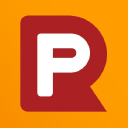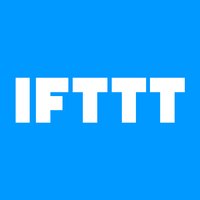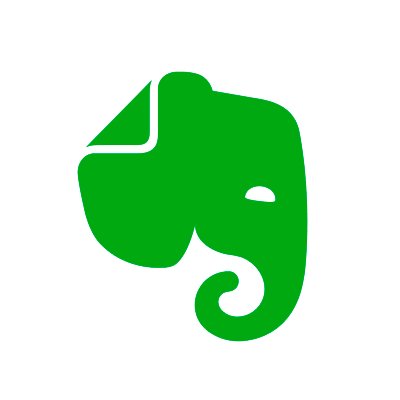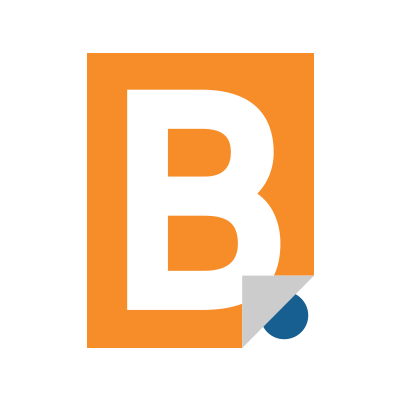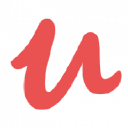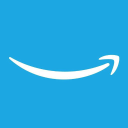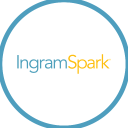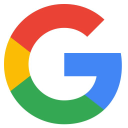How Being The Funny Guy At Work Turned Into A Full Time Career
Hello! Who are you and what business did you start?
I am Andrew Tarvin and I am the world’s first humor engineer (at least according to all the Google searches that I’ve done).
I run Humor That Works, a training company focused on human effectiveness. Our primary goal is to deliver programs that help people get better results while having more fun in the workplace.
We’ve worked with thousands of people at more than 250 organizations, including Microsoft, the FBI, and the International Association of Canine Professionals.

What's your backstory and how did you come up with the idea?
I am an engineer and have always been obsessed with efficiency (I think the word efficient should be one syllable).
I went to The Ohio State University, got a degree in Computer Science...

Download the report and join our email newsletter packed with business ideas and money-making opportunities, backed by real-life case studies.

Download the report and join our email newsletter packed with business ideas and money-making opportunities, backed by real-life case studies.

Download the report and join our email newsletter packed with business ideas and money-making opportunities, backed by real-life case studies.

Download the report and join our email newsletter packed with business ideas and money-making opportunities, backed by real-life case studies.

Download the report and join our email newsletter packed with business ideas and money-making opportunities, backed by real-life case studies.

Download the report and join our email newsletter packed with business ideas and money-making opportunities, backed by real-life case studies.

Download the report and join our email newsletter packed with business ideas and money-making opportunities, backed by real-life case studies.

Download the report and join our email newsletter packed with business ideas and money-making opportunities, backed by real-life case studies.



